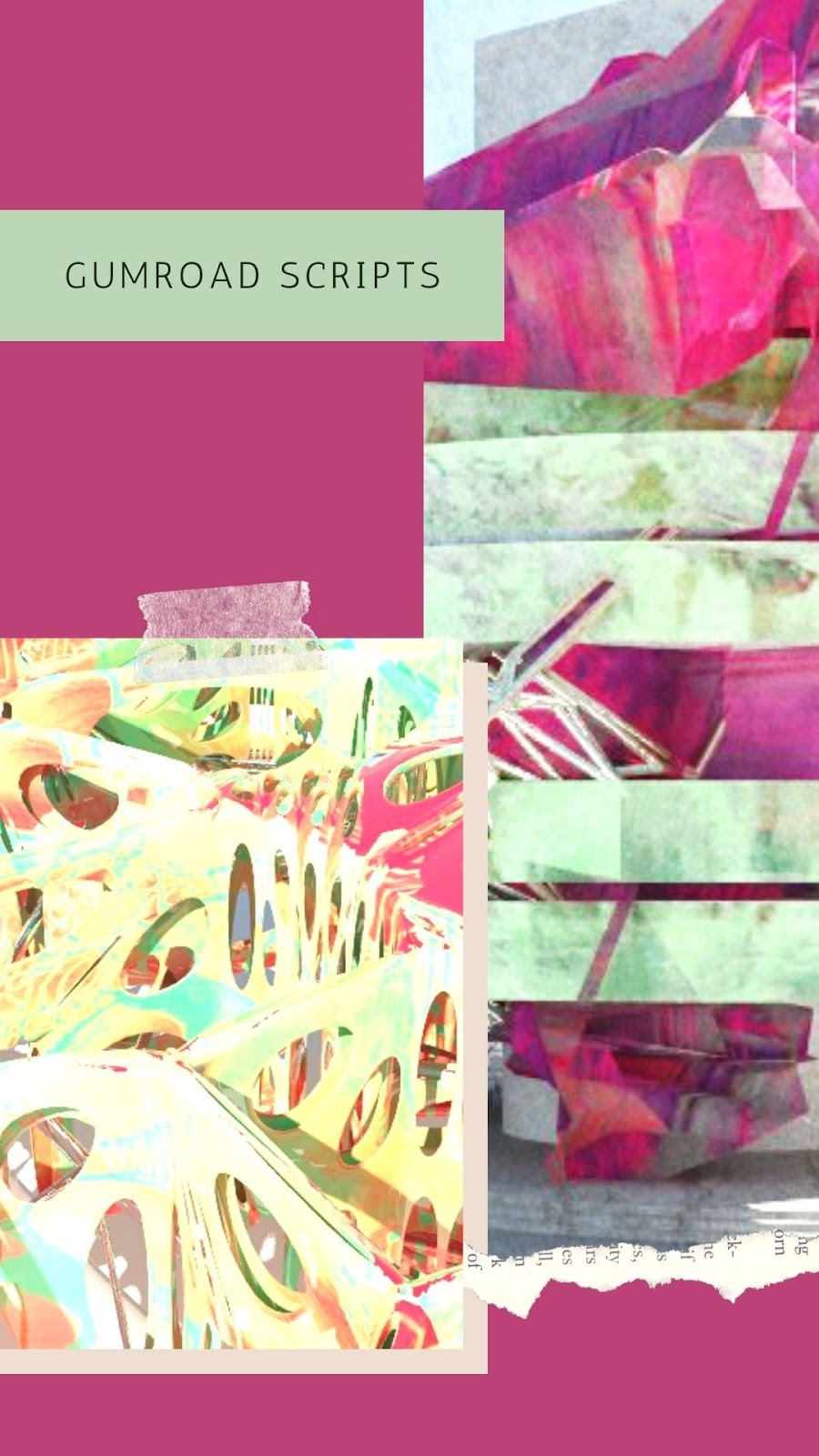Islamic Art : Tile Image of Masjid Al Haram at Mecca
 |
Iznik, Turkey; seventeenth century
Glazed fritware with polychrome underglaze painting against white
52 x 32 cm
Inscription: Sura 3 (Āl >Imrān), verses 96–97
AKM 587 |
The Ottoman interest in topographical depictions of sacred
sites
was
not
restricted
to
representations
on
paper.
Tiles
such
as
this
one
are
commonly referred to as ‘qibla
tiles’ because they are sometimes found in or around the
mihrab (an arcuated niche giving the direction of prayer)
on the orientational qibla wall of religious buildings: the
image of the sacred precinct at Mecca thus acts as a direct
symbol of the orientation of all Muslim prayer towards
the Ka'ba.
Single tiles and tile panels of this type were
produced in significant numbers at the Iznik potteries
in Ottoman Turkey until the mid-seventeenth century,
and probably later at Kutahya.
It has
been suggested that such pieces may have been produced
as luxurious Hajj commemorations for rich individuals in
Ottoman Turkey, or for donation to
religious establishments.
The instantly
recognisable image of the Masjid al-Haram, when used
in the context of the mihrab to give orientation towards
Mecca, allows even those who have not performed the
Hajj to align their prayers towards an imagined Masjid alHaram
that has been visualised from
related
images.
In spite of the typically bright Iznik colours of this
tile, a close relationship to the imagery of pilgrimage
scrolls is obvious: the keyhole shape of
the mataf is emphasised, and the various objects of significance
within
the
sacred
precinct
are
shown
in
elevation
and
oriented
towards
the
Ka'ba.
The
Ka'ba
itself
is
presented,
as in most other images, in its northeastern
elevation (the side that contains the door), as it would
appear to one who approaches through the Banu Shayba
or Bab al-salam, the arched gateway (in blue on this
tile) marking the traditional entrance to the mataf.
The
Qur’anic inscription at the top of the tile refers, appropriately
enough, to Mecca and the importance of pilgrimage:
‘The
first
temple
ever
built
for
mankind
was
that
at
Bakka [Mecca], a blessed site, a beacon for the nations. In
it there are veritable signs and the spot where Abraham
stood. Whoever enters it is safe. Pilgrimage to the House
is a duty to God for all who can make the journey’.
Although larger than the present piece, the Hagia Sophia tile panel is closely related to this example in both colour- ing and design. A further example very similar in design to this piece but different in colouration, and bearing a slightly longer inscription from the same passage of the Qur’an, is held in the al-Sabah collection, Kuwait.
Book Reference :
Architecture in Islamic Arts Treasures of the Aga Khan Museum by Margaret S. Graves, Benoît Junod, Gérard Friedli
https://www.academia.edu/7471091/Treasures_of_the_Aga_Khan_Museum_Architecture_in_Islamic_arts













